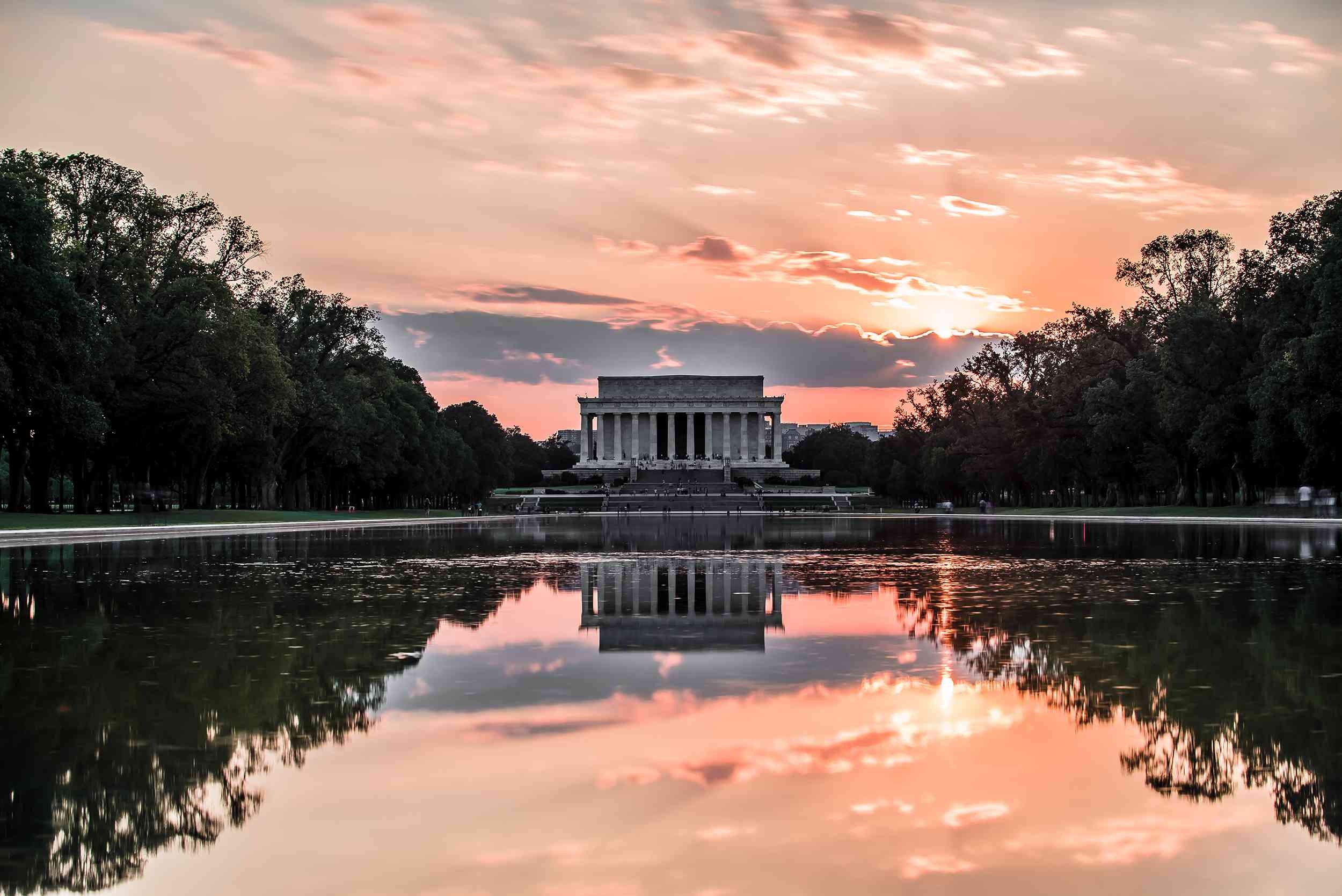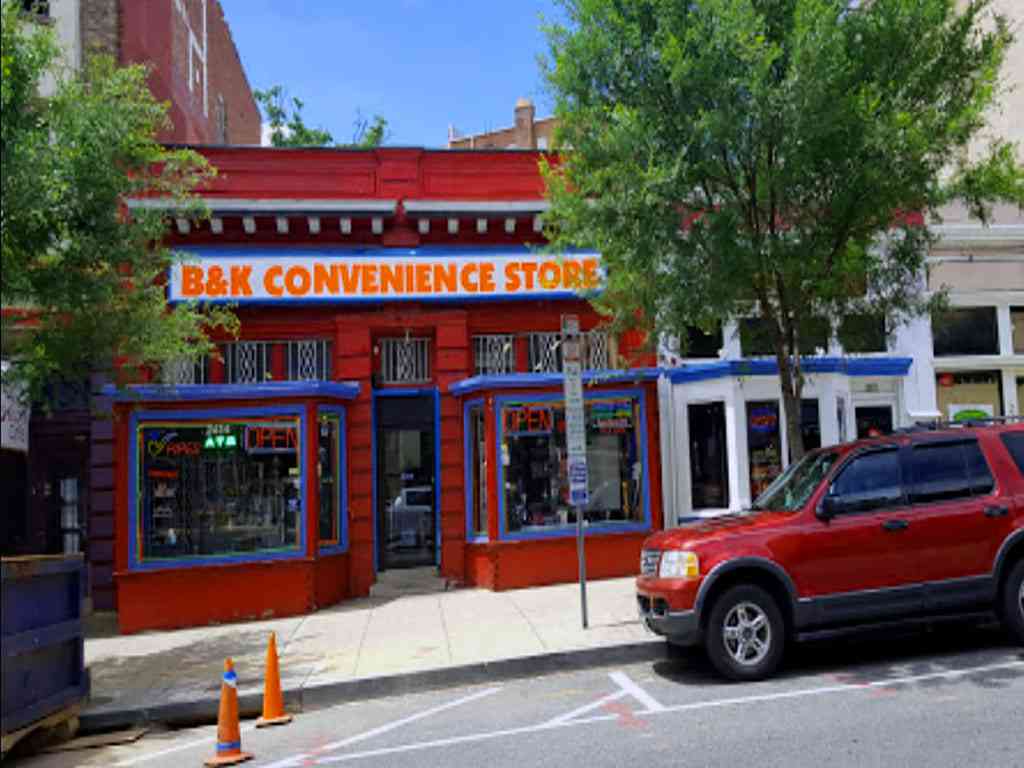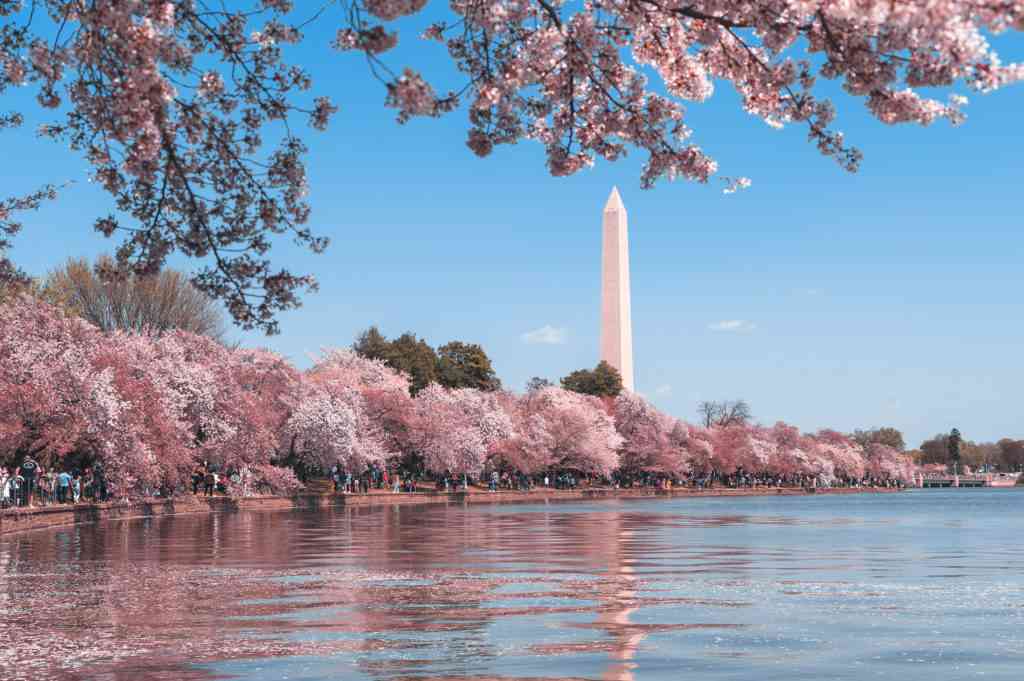Table of Contents
Can You Drink Tap Water in Washington?
Yes, Washington's tap water is generally considered safe to drink as Washington has no active health based violations of the Safe Drinking Water Act (SDWA) that we are aware of. Other factors such as lead piping in a home, or low levels of pollutants on immunocompromised individuals, should also be considered, however. To find more recent info we might have, you can check out our boil water notice page, the city's water provider website, or Washington's local Twitter account.
According the EPA’s ECHO database, from April 30, 2019 to June 30, 2022, Washington's water utility, D.C. Water and Sewer Authority, had 0 violations of the Safe Drinking Water Act. For more details on the violations, please see our violation history section below. This assessment is based on the D.C. Water and Sewer Authority water system, other water systems in the city may have different results.
While tap water that meets the EPA health guidelines generally won’t make you sick to your stomach, it can still contain regulated and unregulated contaminants present in trace amounts that could potentially cause health issues over the long-run. These trace contaminants may also impact immunocompromised and vulnerable individuals.
The EPA is reviewing if it’s current regulations around pollutant levels in tap water are strict enough, and the health dangers posed by unregulated pollutants, like PFAS.
Water Quality Report for Washington Tap Water
The most recent publicly available numbers for measured contaminant levels in Washington tap water are in its 2020 Water Quality Report. As you can see, there are levels which the EPA considers to be acceptable, but being below the maximum allowable level doesn’t necessarily mean the water is healthy.
Lead in tap water, for example, is currently allowed at up to 15ppb by the EPA, but it has set the ideal goal for lead at zero. This highlights how meeting EPA standards doesn’t necessarily mean local tap water is healthy.
EPA regulations continue to change as it evaluates the long term impacts of chemicals and updates drinking water acceptable levels. The rules around arsenic, as well as, lead and copper are currently being re-evaluated.
There are also a number of "emerging" contaminants that are not currently. For example, PFAS (Per- and polyfluoroalkyl substances), for which the EPA has issued a health advisory. PFAS are called "forever chemicals" since they tend not to break down in the environment or the human body and can accumulate over time.
We recommend looking at the contaminants present in Washington's water quality reports, or getting your home's tap water tested to see if you should be filtering your water.
Washington Tap Water Safe Drinking Water Act Violation History - Prior 10 Years
Below is a ten year history of violations for the water system named D.C. Water and Sewer Authority for Washington in District of Columbia. For more details please see the "What do these Violations Mean?" section below.
Is there Lead in Washington Water?
Based on the EPA’s ECHO Database, 90% of the samples taken from the Washington water system, D.C. Water and Sewer Authority, between sample start date and sample end date, were at or below, 0.0027 mg/L of lead in Washington water. This is 18.0% of the 0.015 mg/L action level. This means 10% of the samples taken from Washington contained more lead.
While Washington water testing may have found 0.0027 mg/L of lead in its water, that does not mean your water source has the same amount. The amount of lead in water in a city can vary greatly from neighborhood to neighborhood, or even building to building. Many buildings, particularly older ones, have lead pipes or service lines which can be a source of contamination. To find out if your home has lead, we recommend getting you water tested.
No amount of lead in water is healthy, only less dangerous. As lead accumulates in our bodies over time, even exposure to relatively small amounts can have negative health effects. For more information, please check out our Lead FAQ page.
Are there PFAS in Washington Tap Water?
Currently, testing tap water for PFAS isn’t mandated on a national level. We do have a list of military bases where there have been suspected or confirmed leaks. There appears to be no military bases near Washington with suspected leaks.
With many potential sources of PFAS in tap water across the US, the best information we currently have about which cities have PFAS in their water is this ewg map, which you can check to see if Washington has been evaluated for yet.
Our stance is better safe than sorry, and that it makes sense to try to purify the tap water just in case.
What do these Violations Mean?
Safe Drinking Water Act Violations categories split into two groups, health based, and non-health based. Generally, health based violations are more serious, though non-health based violations can also be cause for concern.
Health Based Violations
- Maximum contaminant levels (MCLs) - maximum allowed contaminant level was exceeded.
- Maximum residual disinfectant levels (MRDLs) - maximum allowed disinfectant level was exceeded.
- Other violations (Other) - the exact required process to reduce the amounts of contaminants in drinking water was not followed.
Non-Health Based Violations
- Monitoring and reporting violations (MR, MON) - failure to conduct the required regular monitoring of drinking water quality, and/or to submit monitoring results on time.
- Public notice violations (Other) - failure to immediately alert consumers if there is a serious problem with their drinking water that may pose a risk to public health.
- Other violations (Other) - miscellaneous violations, such as failure to issue annual consumer confidence reports or maintain required records.
SDWA Table Key
| Field | Description |
|---|---|
| Compliance Period | Dates of the compliance period. |
| Status |
Current status of the violation.
|
| Health-Based? | Whether the violation is health based. |
| Category Code |
The category of violation that is reported.
|
| Code | A full description of violation codes can be accessed in the SDWA_REF_CODE_VALUES (CSV) table. |
| Contaminant Code | A code value that represents a contaminant for which a public water system has incurred a violation of a primary drinking water regulation. |
| Rule Code |
Code for a National Drinking Water rule.
|
| Rule Group Code |
Code that uniquely identifies a rule group.
|
| Rule Family Code |
Code for rule family.
|
For more clarification please visit the EPA's data dictionary.
Washington Water - Frequently Asked Questions
| By Phone: | 202-364-3148 |
| By Email: | anjuman.islam@dcwater.com |
| By Mail: | 5000 OVERLOOK DR WASHINGTON, DC, 20032 |
Existing customers can login to their D.C. Water and Sewer Authority account to pay their Washington water bill by clicking here.
If you want to pay your D.C. Water and Sewer Authority bill online and haven't made an account yet, you can create an account online. Please click here to create your account to pay your Washington water bill.
If you don't want to make an account, or can't remember your account, you can make a one-time payment towards your Washington water bill without creating an account using a one time payment portal with your account number and credit or debit card. Click here to make a one time payment.
Moving to a new house or apartment in Washington means you will often need to put the water in your name with D.C. Water and Sewer Authority. In order to put the water in your name, please click the link to the start service form below. Start service requests for water bills typically take two business days.
Leaving your house or apartment in Washington means you will likely need to take your name off of the water bill with D.C. Water and Sewer Authority. In order to take your name off the water bill, please click the link to the stop service form below. Stop service for water bills requests typically take two business days.

The estimated price of bottled water
$1.77 in USD (1.5-liter)
USER SUBMITTED RATINGS
- Drinking Water Pollution and Inaccessibility
- Water Pollution
- Drinking Water Quality and Accessibility
- Water Quality
The above data is comprised of subjective, user submitted opinions about the water quality and pollution in Washington, measured on a scale from 0% (lowest) to 100% (highest).
Related FAQS
Contaminants
D.C. Water and Sewer Authority
EWG's drinking water quality report shows results of tests conducted by the water utility and provided to the Environmental Working Group by the Army Corps of Engineers and EPA Region 3, as well as information from the U.S. EPA Enforcement and Compliance History database (ECHO). For the latest quarter assessed by the U.S. EPA (January 2019 - March 2019), tap water provided by this water utility was in compliance with federal health-based drinking water standards.
Utility details
- Serves: 632323
- Data available: 2012-2017
- Data Source: Purchased surface water
- Total: 36
Contaminants That Exceed Guidelines
- Arsenic*
- Bromodichloromethane
- Chloroform
- Chromium (hexavalent)
- Dibromochloromethane
- Dichloroacetic acid
- Nitrate*
- Total trihalomethanes (TTHMs)
- Trichloroacetic acid
Other Detected Contaminants
- Aluminum*
- Antimony*
- Atrazine*
- Barium*
- Bromochloroacetic acid
- Bromoform
- Caffeine*
- Chlorate
- Cyanide*
- Dalapon*
- DCPA mono- and di-acid degradates*
- Dibromoacetic acid
- Fluoride*
- Haloacetic acids (HAA5)
- Lithium*
- Manganese*
- Metolachlor*
- Molybdenum
- Monobromoacetic acid
- Monochloroacetic acid
- N-Nitrosodi-N-butylamine*
- N-Nitrosodimethylamine (NDMA)*
- Perchlorate*
- Simazine*
- Strontium
- Thorium*
- Vanadium
Reminder
Always take extra precautions, the water may be safe to drink when it leaves the sewage treatment plant but it may pick up pollutants during its way to your tap. We advise that you ask locals or hotel staff about the water quality. Also, note that different cities have different water mineral contents.
Sources and Resources
Sources Cited
Additional Resources
Current Weather in Washington DC
WASHINGTON, D.C. WEATHERSome of the Convenience Stores in Washington DC

- B&K CONVENIENCE STORE
- Alabama Convenience Store
- 7-Eleven
- Wawa
- New York Convenience Store
- Union Kitchen Grocery
- Sunoco Gas Station
- CVS
- Mac Market & Deli
- Argyle Market
- Gallery Gourmet Market & Dry Cleaners
- Chinatown Market
- Walgreens
- Flavor Us Market
- The Corner Market
- Uptown Mart
Estimated Price of Bottled Water
| Volume | USD | EUR | GBP |
| 1.5-liter | $2.07 | €1.86 | £1.61 |
If you think that tap water is safe for your baby, think again. If you”ve had your baby or child tested recently, you”ll find that they have higher levels of toxins than adults. The contaminants are mostly from agricultural runoff.
It”s well known that children are more susceptible to developing kidney stones and other serious health problems from drinking contaminated drinking water. When the body cannot process these poisons correctly, it can cause problems like:
These toxic substances can enter your baby”s teeth, stomach and liver. Once in the body, they can damage cell DNA and lead to cancer.
What”s even worse is that these chemicals can be passed onto the unborn baby in the womb. Exposure can cause a miscarriage and increase the chances of having defects. Not only that, but the placenta and umbilical cord can also contain high levels of toxins.
The Washington DC tap water is safe to drink. Tap water in public areas in the District of Columbia, region is also safe to drink. Tap water tastes excellent, and it’s free! Ask for tap water wherever, and if it’s unsafe, they will inform you.
D.C. Water provides over 100 million gallons of clean, safe drinking water to our customers in Washington, DC, every day. To guarantee that water meets or exceeds the federal Safe Drinking Water Act standards as it runs through pipes, they conduct thousands of water quality tests each year. At DC Water, they are committed to providing drinking water at the lowest possible price while protecting the health of our community.

D.C. Water operates with the U.S. Army Corps of Engineers Washington Aqueduct to regulate corrosion of pipes and plumbing all over the District. The operation minimizes the release of lead into the water. D.C. Water meets all EPA standards for lead in water and continues to monitor, replace lead service pipes, and help customers distinguish and remove lead sources on their premises.
Source of Water in Washington, District of Columbia
The Washington tap water originates from surface water. D.C. Water obtains drinking water from the Washington Aqueduct member of the Army Corps of Engineers. The Aqueduct sources the water from the Potomac River at Great Falls and Little Falls, north of the District. The Aqueduct treats the water, and D.C. Water distributes it over 1,300 miles of water pipes everywhere in the District of Columbia.
The supplier does a few steps to clean up waterways. The Clean Rivers Project continues to reduce pollution into Rock Creek and the Potomac and Anacostia rivers. A newly improved skimmer boats Flotsam and Jetsam remove hundreds of tons of trash from surface water each year. The monitoring program keeps a close eye on rising compounds that could affect river health and water quality.